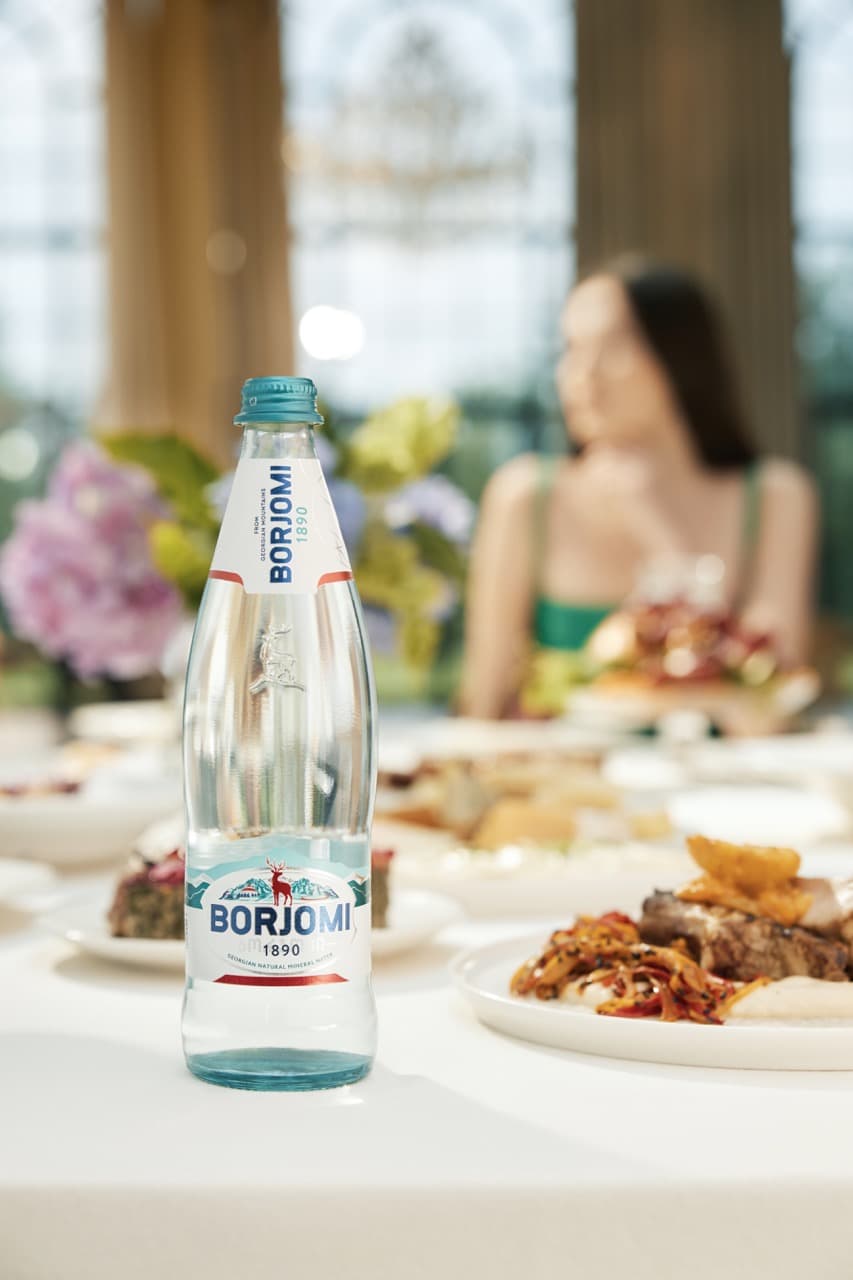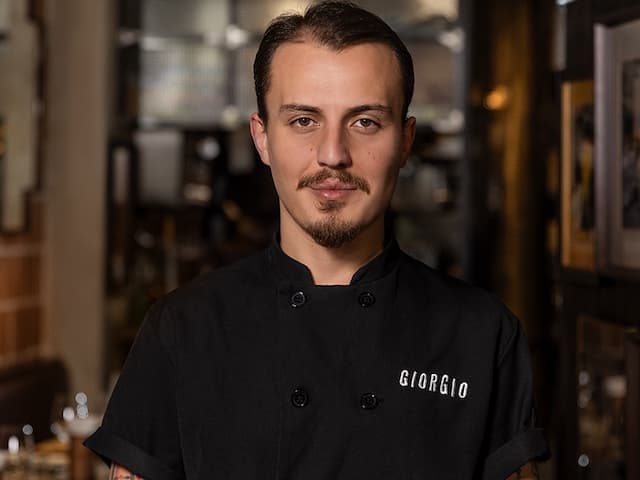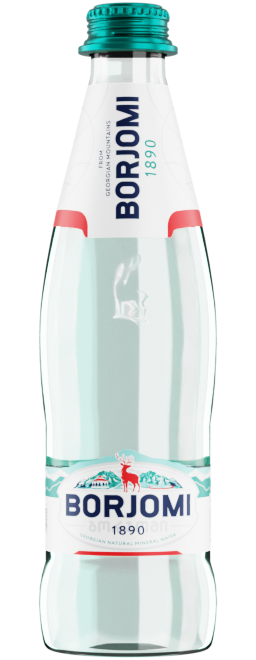
Chef
Luka Nachkebia
Everything around us works through the laws of physics and chemistry and if you ask me - culinary is a science. I am a scientist, a food technologist and I try to create art work in the form of delicious food using organic chemistry, biochemistry and physics.Though, apart from science culinary involves a good deal of emotions. I try to evoke emotions, curiosity and revive memories stored deeply in our minds. That's what I share with my students at the Agrarian University Culinary Academy.
Georgian Gastronomical Adventure


















































































